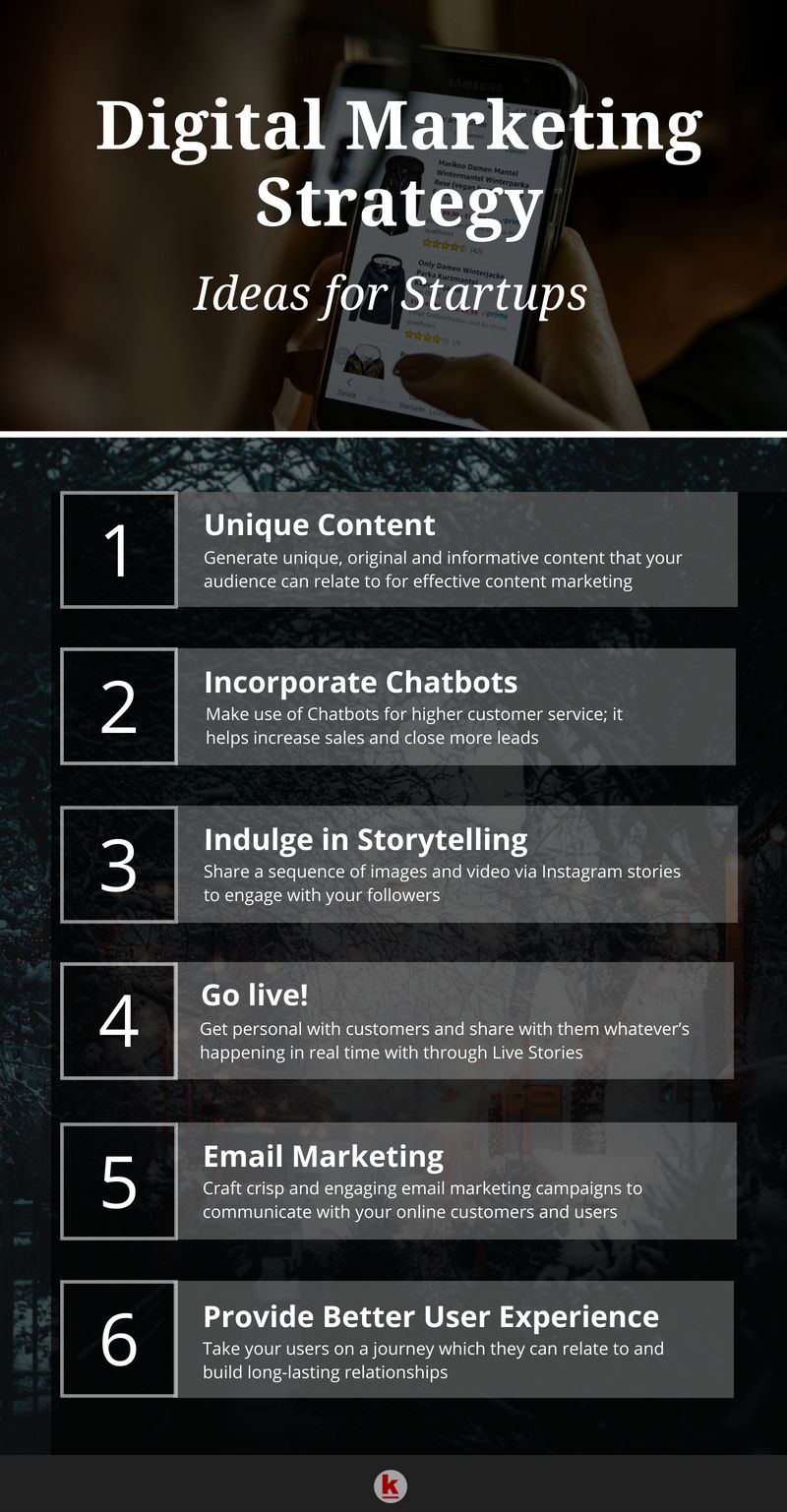
You might already know the importance of setting SMART goals for your social media efforts. These goals can be described as Measurable. Attainable. Relevant. And Timely. These goals are an essential part your business strategy. It is not a good idea to set a generic goal of "massive growth across social media channels". Instead, you should set goals specific to each social media channel like "increase pertinent Facebook follower growth."
OKRs
A well-organized marketing plan must begin with a thorough analysis of posting activity, engagement rates, follower counts, and competition. It must then be broken down into individual goals, or OKRs. OKRs can be referred to as Objectives and Key Results and should have a focus on specific results. For every part of your social strategy, including content creation and social media monitoring, you should set OKRs. They should be tailored for the company type and culture as well as the nature or marketing strategy.
Measurable
Measurable social media goals are essential for success. They allow you monitor your progress and adjust as needed. A measurable goal helps you track how you progress, whether you are marketing a product, service, or other business. Here are some examples you can use to set social media goals. Once you have established a goal, you can start to implement your plan.

Attainable
It is crucial to increase the engagement on social networks for a business's survival. You can increase engagement in many ways, including reaching more people and increasing likes to a post. Your social media goals should be achievable and relevant for your business. This will make you more successful. This article explores a few tips for increasing engagement on social media. Learn how to set social media goals and reach them to help your business grow.
Relevant
Social media requires that you set up relevant, measurable, trackable, achievable, and easily accessible goals. It is important to match your goals with business needs and behaviours in order to make them work. The SMART framework can help you determine what goals to set. This framework will help you align your goals with your behaviors and metrics. You'll be more likely achieve your goals in social media.
It is important to act promptly
Setting time-based and measurable social media goals is essential to the success of your marketing campaign. Your campaign's value will be diminished if your social media goals don't meet the required standards. Smaller companies can aim for 30 new customers per month. Likewise, setting a deadline will help prevent procrastination and reinforce your employees' sense of responsibility. Your social media success can be measured by setting goals that are timely.
Objectives
It is important to establish clear goals to measure the success of your social media campaigns when you launch them. Although there are many metrics that can be used to assess the effectiveness of your social media campaigns', the main factor is not how many followers you have or the number of "likes". A more effective focus should be on the time spent on site, page views, and click-throughs, which can all be tracked through social media. These three objectives will help guide your social marketing efforts.

SMART goals
Setting SMART goals for your social media marketing strategy is a great way to ensure your success. A SMART goal is defined as something you can measure and is related to your desired skill development. This goal should include a timeline that allows you to track your progress. This goal should be clear, measurable, achievable, relevant for you and your company and can help you to achieve it. These are some tips that will help you to set SMART social networking goals.
Measuring your results
The key to successful social media marketing is the ability to measure the results of your campaigns. Metrics can give you insight into the success of your campaign and help you to improve your strategies for the future. These are some of the social media metrics that you can track:
FAQ
How long should content marketing last?
It depends on your goals. Some businesses only want short-term success, while others aim for long-term development. We recommend three months of consistent content generation and then reevaluating the process after that period.
How do you make good content?
The best content should be engaging, informative, and shareable. The best content will have a clear call for action. This could be a link or button that allows readers sign up for a trial, read more about your product, or order something from your site. It's also important to include visuals in your content so that it can easily be shared across all media types.
What role does a content strategist play?
Content strategists will help you understand the needs of search engines and what they are looking for. They make sure your website is optimized for search engines to help you rank high. They also create content that can be shared on social media sites such as Facebook and Twitter. They also write copy to advertise, blog, or website.
A content strategist works closely with a marketing team and helps to organize a cohesive plan for the company's online presence. Content strategists may work on their own but often work in collaboration with the rest to ensure that each piece serves its purpose.
Is content marketing right for me?
If you are clear on what you want, then a Content Marketing Strategy can work for you.
Here are some questions to ask to get you started.
Do I need my business to communicate something particular? Or do I want to create content that resonates with general audiences?
Do you want to concentrate on generating leads?
Is it one product I am trying to promote or multiple products
Are you interested in connecting with people outside my industry?
If you answered "yes", to any one of these questions, then a content marketing strategy is just what you want.
Statistics
- Seventy-two percent business to business (B2B) (mailchimp.com)
- To further show the importance of this, 89% of people have stopped doing business with a company because of a poor experience. (neilpatel.com)
- According to our research, 65% of companies with very successful content marketing in 2021 ran content audits at least twice a year. (semrush.com)
- Forty-seven percent of buyers view 3 to 5 pieces of content before engaging with a sales representative. (mailchimp.com)
- Measure your goals with a progress indicator of 0-100%. Make your goals collaborative and transparent (semrush.com)
- Content marketing produces 3X more leads per dollar spent. Content marketing costs 62% less than traditional marketing. (criteo.com)
- We found that 40% of businesses don't have a documented strategy yet. (semrush.com)
- Progress indicators (0–100%) allow each team member to see how attainable each goal is and understand what remains to be accomplished. (semrush.com)
External Links
How To
Informationgraphic creation tips for content marketing
Infographics are a powerful way to simplify complicated concepts, and make information easier to understand. Use infographics as a tool to promote your content marketing message.
You'll need design software such as Adobe Illustrator or Photoshop to create an infographic. These programs are great for creating infographics. After your design is complete, you can upload images from Unsplash and Pixabay to your design.
Look online for inspiration to create your own infographics. For example, if you want to show how many calories are in certain foods, you could take a picture of a food pyramid and replace the numbers with pictures of those foods. Or, you might choose to look up how much sugar is in soda pop and change that number to a picture of a bottle of Coke.
After you have created your infographic, it can be shared through social media channels such as Facebook and Twitter. This will make it easier for people who don't know the concept to get familiar with it. In order to make others see your infographic, use hashtags when you post it on social media. Hashtags enable users to follow along in conversations related to specific topics.
Try to make your infographic posts shorter than you normally would if you create one. A blog post may be 2000-5000 words long. An infographic requires only 500-1000 words. This allows you to convey more information in a smaller space.
Remember that not all viewers can read small font sizes when designing an infographic. Your graphics should be large enough in font size and not rely on too much color. You must also ensure that your text is easily read.
These are additional tips:
-
Use an infographic template. There are many free templates available online and in printable formats. Canva and Piktochart are some of the most popular.
-
Create your Infographic. Create your infographic using the template. You can use any media that suits your audience. If you want to create an infographic on the best places for food in Seattle, for example, you might use photos from local restaurants.
-
Add text. Add text once your infographic is created.
-
Add images. Add images to an infographic. You can add images to your infographic. You should make sure that the picture you upload is related to your topic.
-
Make it interactive. You can add interactive elements, such as maps, buttons, and links. This will make it easier for your audience to interact with you.
-
Share. Share your infographic after you're done.
-
Measure. Your infographic's performance. Did people click on your website? Are they signing up for your email newsletter? What was their reaction when you showed them your infographic
-
Improve. Is there a way to improve your infographic? Is there anything you could do better?
-
Repeat. Repeat.